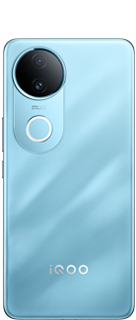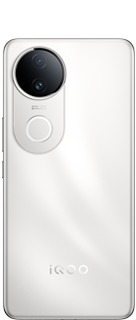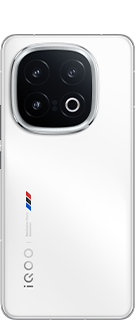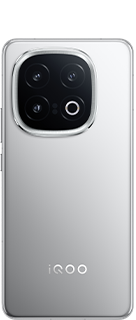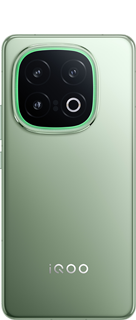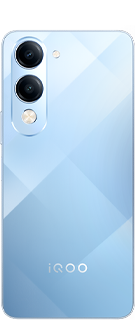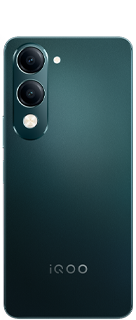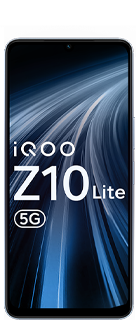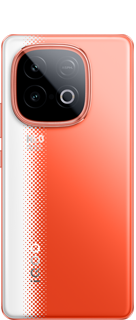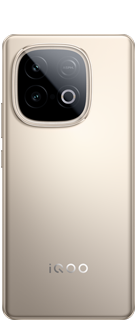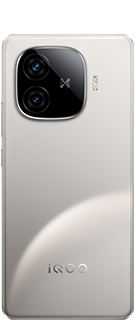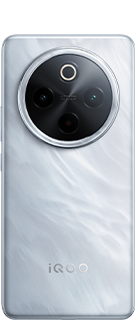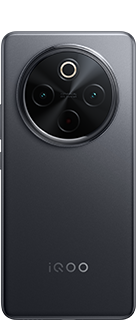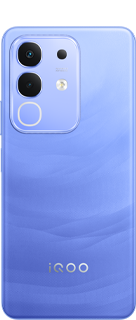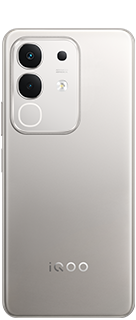Not All Fingerprint Sensors Are Created Equal: Ultrasonic vs. Optical
- In-display fingerprint scanners vary, with ultrasonic scanners being more reliable and secure, working even with wet or dirty fingers.
- Optical fingerprint scanners work by shining light on the finger to create a 2D image, but they lag compared to ultrasonic scanners and are easier to fool.
- Ultrasonic scanners are faster, more accurate, and more secure because they use sound waves, making them a preferred choice despite being expensive.

The fingerprint scanner hidden under your Android phone’s screen is a marvelous piece of engineering. Some of the first phones to feature in-display fingerprint scanners used visible light to scan your finger, but the technology has gotten better over the years. Here's what you need to know about it.
The Optical Fingerprint Scanner
Optical fingerprint readers work by shining light on your finger and taking a picture. There’s a tiny camera hiding behind the screen (which you can actually access on some phones). The display, along with a few small LEDs, bounces light off the ridges of your finger and the tiny camera inside creates a 2D impression of it. The impression is then processed, refined, and matched with the list of impressions already available in storage. The phone unlocks if it finds a match. In broad strokes, that’s how every optical in-display fingerprint scanner works.
To get a clear scan using an optical sensor, you need a clear screen to transmit the light. Think of photocopiers or scanners. Fingerprint sensors have to shine a light through the phone display in just the same way, except those displays aren’t transparent. Engineers designed all sorts of clever solutions to make them transparent.
The tech is far from perfect though. With a standard capacitive fingerprint scanner, unlocking is instant and works (almost) every time. In comparison, you can feel an unmistakable lag in on-screen fingerprint scanners.
That lag is inherent in the design of these scanners. Dirt, moisture, or oil can obscure the 2D image. An algorithm has to process and match the picture, which slows things down further. Unless it's perfectly angled, the picture of the fingerprint might not match what’s enrolled in storage.
Because it’s just a simple 2D image, optical fingerprint sensors are a lot easier to fool than a regular capacitive sensor. It’s technically possible to bypass them with a high-quality 2D image of the fingerprint.
It has since been patched, but a researcher once spoofed optical fingerprint security on multiple phone models with nothing more than a reflective plastic sheet. Placing the reflective sheet on top of a leftover fingerprint on the display unlocked the phone. As far as bypassing biometric security goes, this hack is as low tech as it gets.
The Ultrasonic Fingerprint Scanner
Standard capacitive fingerprint scanners don't have as many moving parts as an optical scanner system. They map the ridges on your fingertip by sensing electrical changes in it. Capturing and reading electrical changes is faster, more accurate, and more reliable. There’s depth sensing involved, which is why it’s more secure.
The ultrasonic fingerprint scanner tries to recreate the reliability, accuracy, and security of those traditional capacitive fingerprint sensors. As you can tell from the name, it works using sound waves.
This type of sensor hides behind the display and sends out an inaudible wave of sound when your fingertip makes contact. The wave hits the pattern on your fingerprint and bounces back. It captures that reflected wave and constructs a 3D model of your finger.
Ultrasonic fingerprint readers don’t rely on light. So they work under any conditions, rain or shine. You can use them with wet or oily fingers. Their accuracy is far better than the usual optical scanners.
Plus, they’re more secure because it's harder to fool a 3D model than a 2D image. Ultrasonic scanners aren’t unbreakable though. Instead of a 2D printout, an attacker could clone a detailed model of the fingerprint using a 3D printer.
Who is the Winner?
The sophisticated ultrasonic fingerprint sensor might seem like the obvious winner. And it has the optical fingerprint scanner beat in many ways, but it gets a bit more complicated when you throw cost into the mix. The reason ultrasonic fingerprint readers haven’t replaced optical ones is because they’re expensive and hard to manufacture. That’s why we only see them on premium flagship devices. It’ll probably stay that way, at least for some time.
Please sign in
Login and share
